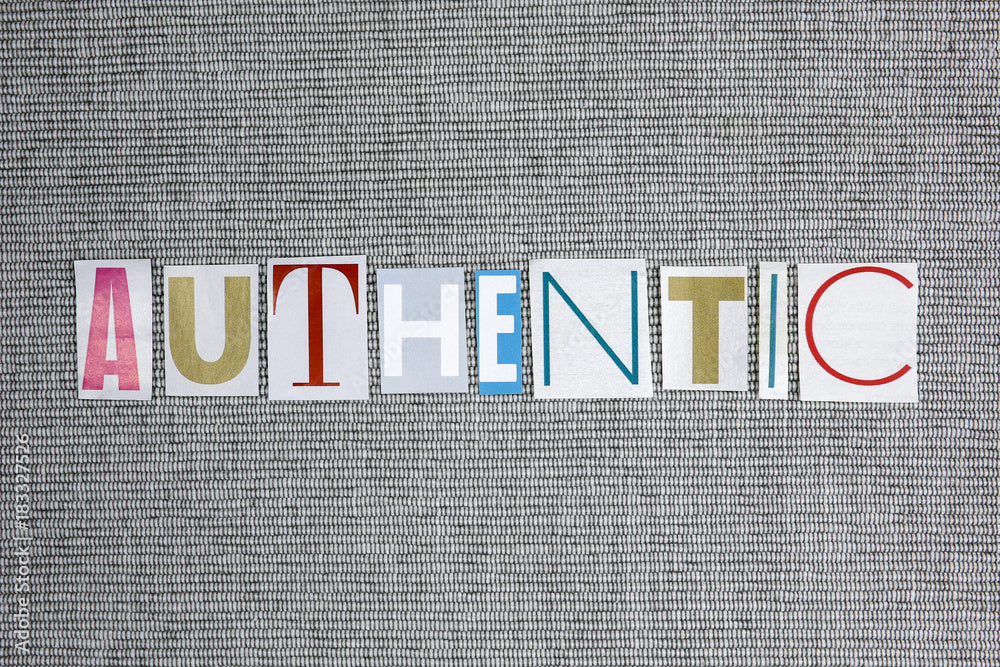How to Authenticate Collectibles and Avoid Fakes
In the thrilling world of collectibles, the joy of adding a new item to your collection is unparalleled. However, the market is also rife with counterfeits, making it crucial for collectors to know how to authenticate their finds and avoid fakes. Whether you’re a seasoned collector or a newcomer to the scene, these valuable tips will help you navigate the market with confidence and make informed purchases.
1. Know Your Product
The first step in authentication is to become intimately familiar with the collectible you’re interested in. This means understanding what the genuine article should look like, its markings, signatures, the materials it's made from, and any other distinguishing features. For comic books, look for specific print details or publisher marks; for action figures, study the packaging and painting details.
2. Research Provenance
Provenance, or the history of ownership, is crucial for high-value collectibles. Authentic items often come with documentation that proves their history and authenticity. Ask for any certificates of authenticity, purchase receipts, or provenance documents. This is particularly important for items like art, antiques, and rare memorabilia.
3. Use Trusted Sources
Purchase collectibles from reputable dealers, auction houses, and platforms known for their diligence in preventing the sale of counterfeit goods. Trusted sources often have a vetting process for sellers and items, providing an added layer of security for buyers.
4. Consult with Experts
When in doubt, seek the opinion of an expert. Professional appraisers or seasoned collectors often have the experience to spot fakes that might elude less experienced eyes. Many communities and forums online can also offer advice and opinions on the authenticity of collectibles.
5. Beware of Too-Good-to-Be-True Deals
If a deal seems too good to be true, it probably is. Extremely low prices on items that are known to be rare or valuable should raise red flags. Counterfeiters often lure unsuspecting buyers with the promise of incredible deals on high-ticket items.
6. Examine the Seller’s Reputation
Before making a purchase, especially online, research the seller’s history and reputation. Look for reviews, feedback from other buyers, and their track record for selling genuine items. Sellers with a long history of positive feedback are generally more reliable.
7. Use Authentication Services
For high-value items, consider using an authentication service. These services specialize in verifying the authenticity of a wide range of collectibles, from sports memorabilia to luxury goods. While there is usually a fee, it can save you from making a costly mistake.
8. Learn the Common Traits of Fakes
Fakes often have common traits such as poor craftsmanship, incorrect materials, misspellings, or incorrect labeling. Familiarize yourself with these signs to better spot counterfeits.
9. Check Serial Numbers and Markings
Many authentic collectibles come with serial numbers, holograms, or specific markings that indicate authenticity. Verify these details with the manufacturer’s information when possible.
10. Trust Your Instincts
Finally, trust your instincts. If something feels off about a deal, seller, or item, it’s better to err on the side of caution. Your gut feeling, combined with thorough research and due diligence, is a powerful tool in avoiding fakes.
Collecting is a rewarding hobby that connects you with history, culture, and like-minded enthusiasts. By following these tips on authenticating collectibles, you’ll be well-equipped to build a valuable and genuine collection you can be proud of.

